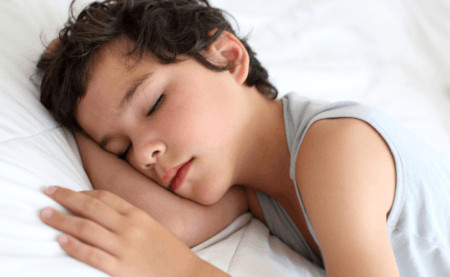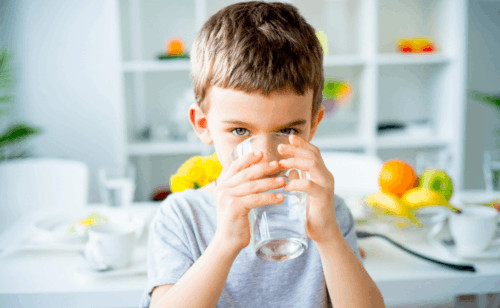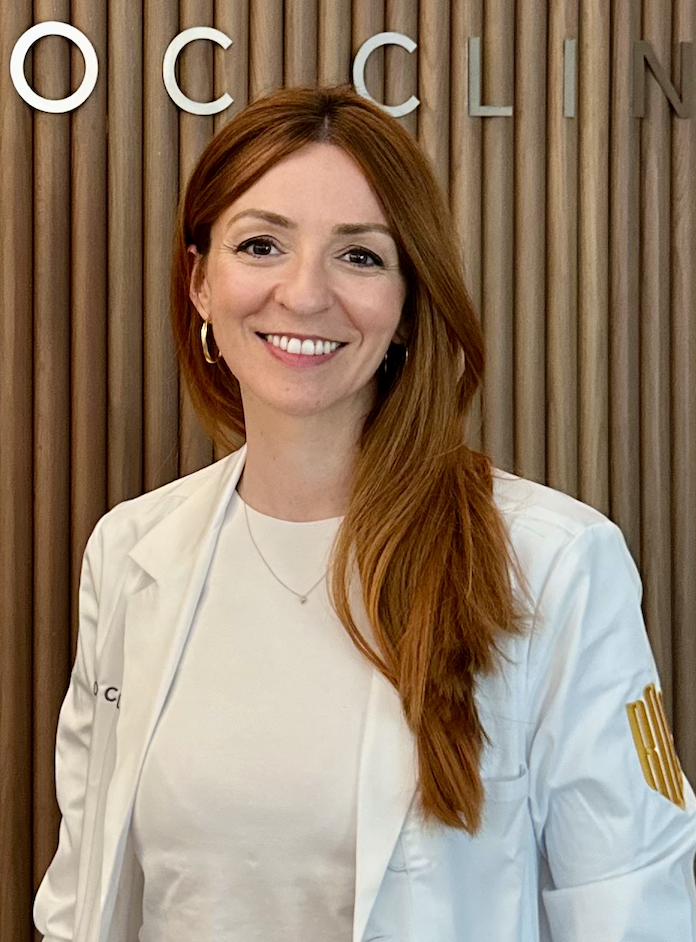Enuresis
Enuresis is the involuntary loss of urine during nighttime sleep at an age when the child is expected to stop urinating during the night. It is a very common disorder, with an incidence of 5-10% in children aged 7 years and twice as frequent in boys.
Symptoms and causes of enuresis
Enuresis is due to the fact that the child has a very deep sleep, in which the awakening threshold is very high and is not activated by bladder filling. This, together with a urine production higher than its storage capacity during the night, leads to nocturnal incontinence.
Monosymptomatic enuresis is that which is not accompanied by daytime symptoms, therefore nighttime leaks are the only symptomatology. Moreover, when enuresis has always been present in the child's life, we speak of primary enuresis. If, on the other hand, it has appeared after a prolonged period of time without nighttime leaks, we speak of secondary enuresis.
It has a clear hereditary component, since it is estimated that up to 44% of children who have a parent who suffered from enuresis will also present this disorder.
Children with enuresis suffer emotional consequences, self-esteem problems, stress and social limitations. It is important to accompany them at this stage and help them understand the situation. It is also essential that they understand that they are not to blame for the leaks.

Diagnosis of enuresis
It is important to take a detailed clinical history to determine whether or not there have been long periods of time without nocturnal leakage and the presence or absence of daytime symptoms.
We should also detail sports routines , sleeping hours, water intake and dinner schedules and contents.
Keeping a voiding diary helps the patient and his family to beaware of voiding habits and habitual fluid intake and to be able to make modifications, together with the specialist, to help him acquire continence.
In patients with non-monosymptomatic enuresis, secondary enuresis or in those in whom conventional treatments have failed, urinalysis and urine cultures will be required, as well as ultrasound and/or flowmetry or urodynamic study. It is necessary to individualize the study protocol for each patient, minimizing unnecessary explorations and ensuring a correct diagnosis in each case.
Treatment of enuresis
In the treatment of enuresis it is essential to know the child's routines and to adapt the new habits to his life, making him participate in the achievements and explaining the reasons.
In our experience, the age to start treatment of enuresis, despite the recommendations of the clinical guidelines to do so at approximately 7 years of age, depends a lot on the involvement of the child and his or her willingness to try to stop nighttime leaks.

Without the child's cooperation, all the efforts of parents and caregivers will be frustrated. And since it is not a disease and has a high rate of spontaneous resolution, the decision whether or not to initiate treatment depends largely on the patient, his or her age, the family situation and the personal and social consequences of the disorder.
The first step of treatment recommended for all patients who decide to initiate treatment is fluid redistribution during wakefulness and water restriction in the hours before bedtime.
A nocturnal voiding calendar can help us to identify possible areas for improvement in the child's routine.
There are drugs that can help to improve nighttime leaks with different mechanisms of action. Some act by trying to increase bladder capacity and others by decreasing urine production during sleep, thus preventing leakage.
There are also devices that emit an alarm when they detect moisture, to wake up the child and prevent enuresis. Your pediatric urologist will inform you and propose the treatment that best suits the circumstances of each patient, explaining the importance of a correct use of these treatments.
That said, the annual spontaneous cure rate for enuresis is very high (15%).
Team of the Enuresis Unit


 +34 912 627 104
+34 912 627 104 Contact
Contact







